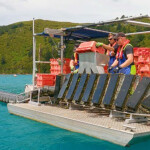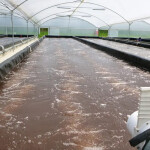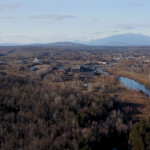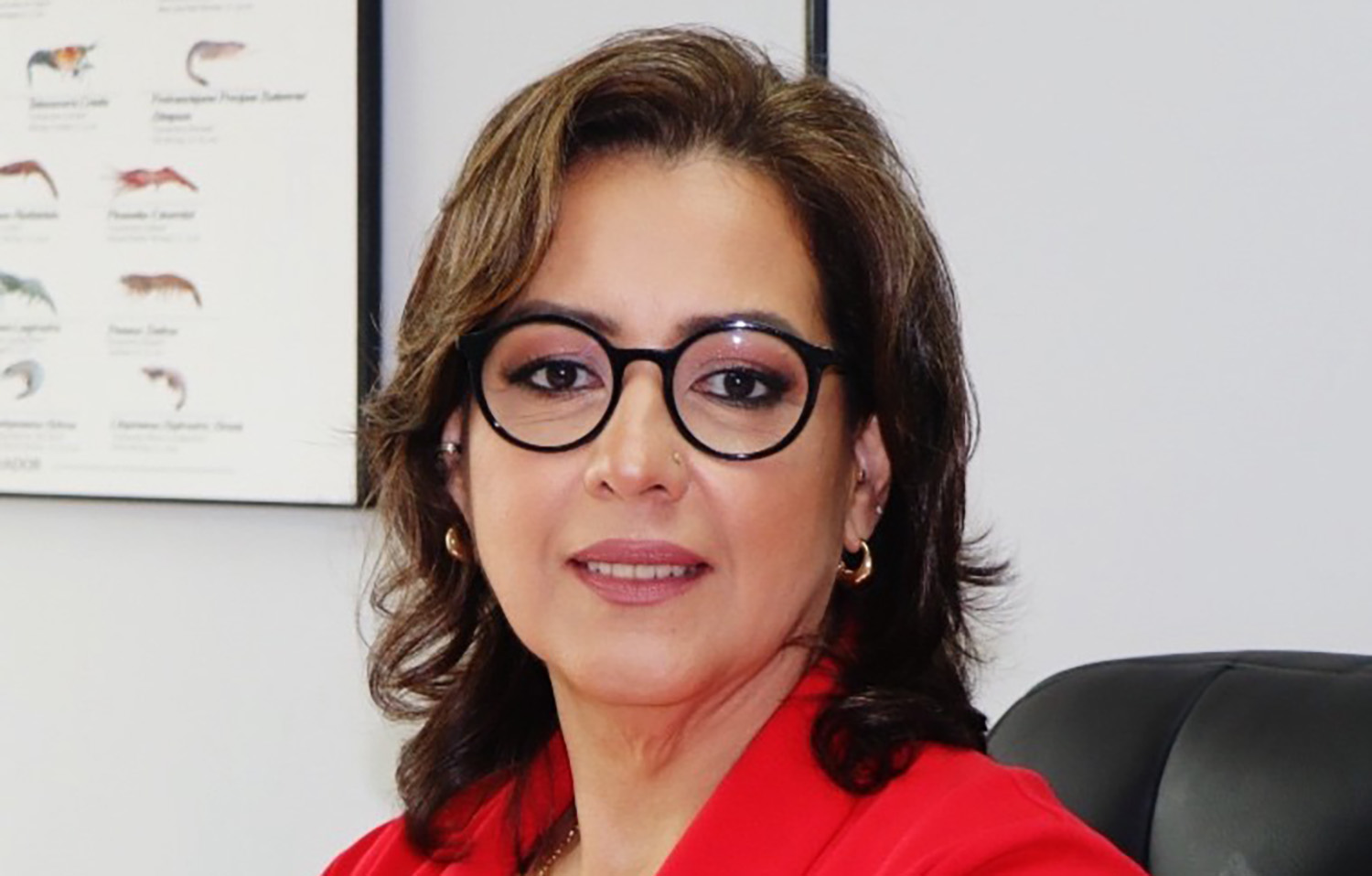Achieving continuous growth within the shrimp industry is possible through proper investment and a focus on welfare, according to Ecuador National Aquaculture Chamber (CNA) Executive Director Yahira Piedrahita.
“It’s not good business for us to have sick animals," she said. “Shrimp kept in inadequate conditions have a high feed-conversion [ratio], require greater use of products to improve health, have a higher risk of illness and death, and generally represent a high risk of economic losses.”
Speaking at the Latin American Meeting on Animal Welfare (ELBA), which took place on 24 and 25 July in Santiago, Chile, Piedrahita said Ecuador’s shrimp industry has sustained a growth rate between 7 percent and 35 percent every year over the past decade, boosting Ecuador to the top of global shrimp production tables.
Ecuador's shrimp industry has expanded eightfold since 2010, jumping from exporting 322 million pounds to 2.68 billion pounds in 2023, according to the organization's data. Ecuador exported USD 6.3 billion (EUR 5.8 billion) worth of shrimp in 2023, representing 25 percent of the country’s exports.
With the country having become a worldwide shrimp-producing powerhouse, Piedrahita said animal welfare is more essential than ever to ensuring it can maintain that status.
Ecuador boasts a total shrimp farming area of 219,656 hectares, with individual ponds ranging in size from 5 to 25 hectares, she said. The large dimensions of the farms make it difficult to implement strict biosecurity measures, but welfare measures such as measuring effluent discharges occur at each farm twice a year. Piedrahita said Ecuadorian authorities have set up 15 stations to monitor water quality in the Gulf of Guayaquil and expect to make improvement recommendations at the end of 2025.
Though farm sizes make some welfare initiatives difficult, they also help in other areas.
Ecuador maintains annual production of about 90 billion to 100 billion post-larvae shrimp per year. Local breeders fully meet national production demand, and no post-larvae shrimp are imported into the country, according to Piedrahita.
Sowing density at Ecuadorian farms ranges between 120 and 150 nauplii per liter of water, with survival rates above 70 percent until harvest. Once mature, Ecuador’s stocking density is eight to 20 specimens per square meter, which is relatively low compared to other shrimp-producing countries, reducing the risk of bacterial and viral infectious outbreaks, Piedrahita said.
The industry has also learned to steer clear of antibiotics, using probiotic bacteria to improve shrimp gut health, while farmers use organic acid and essential oil treatments to reduce and control infections. Many farms are also implementing ...








